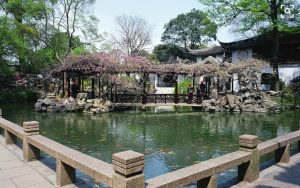Suzhou’s beauty doesn’t end with its famous gardens. Step off the postcard path, and you’ll find tranquil temples where cats nap under gingko trees, lantern-lit alleys whispering old love stories, and even a futuristic skyscraper shaped like a pair of “autumn pants.” Here are the rest five unforgettable Suzhou experiences that reveal the city’s living charm — where ancient serenity meets modern rhythm.
No.6. Pingjiang Road — A Walk Through 800 Years of Canal Life
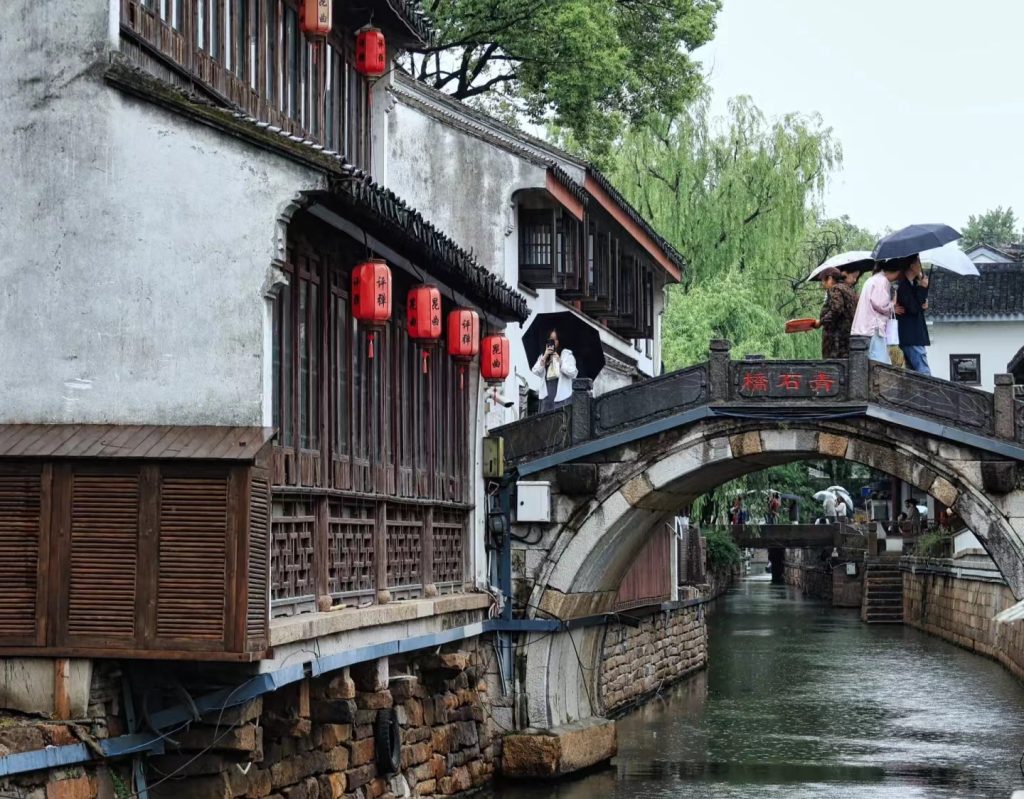
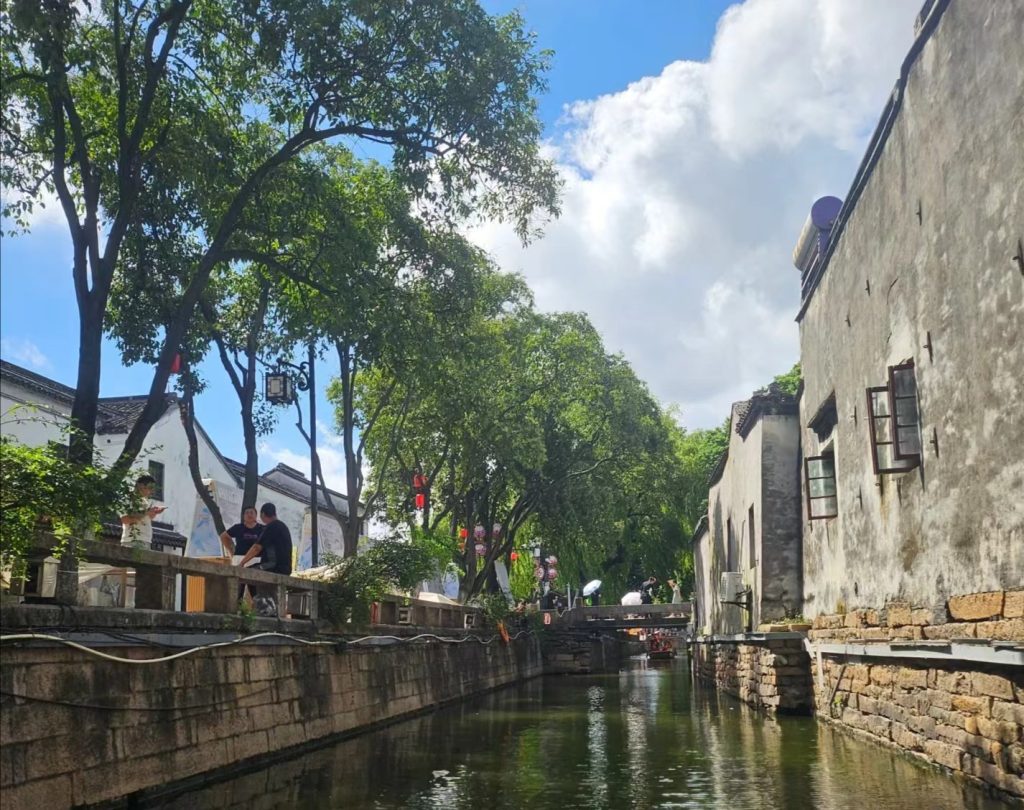
The heart of old Suzhou beats softly along Pingjiang Road, a stone-paved waterway that’s existed for over eight centuries. Whitewashed walls, arched bridges, and willow-lined canals create the perfect scene for slow travel.
Locals still live here, hanging laundry by the river or singing traditional pingtan ballads in teahouses. Visit at dusk when red lanterns shimmer on the water — it’s one of the most romantic things to do in Suzhou at night.
Traveler tips:
Rent a hand-rowed boat to glide under low bridges.
Stop by small cafés for osmanthus tea or rose-flavored desserts.
Photographers love the blue-hour reflections after sunset.
No.7. Xiyuan Temple — Cats, Calm, and Vegetarian Noodles
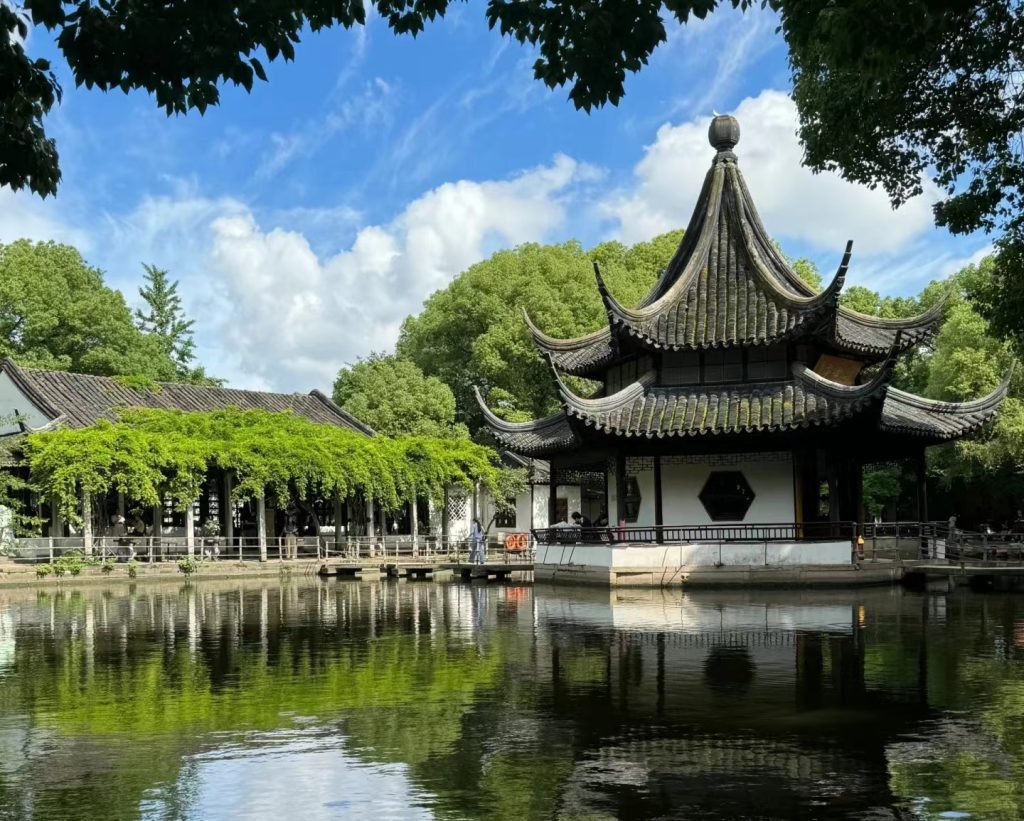
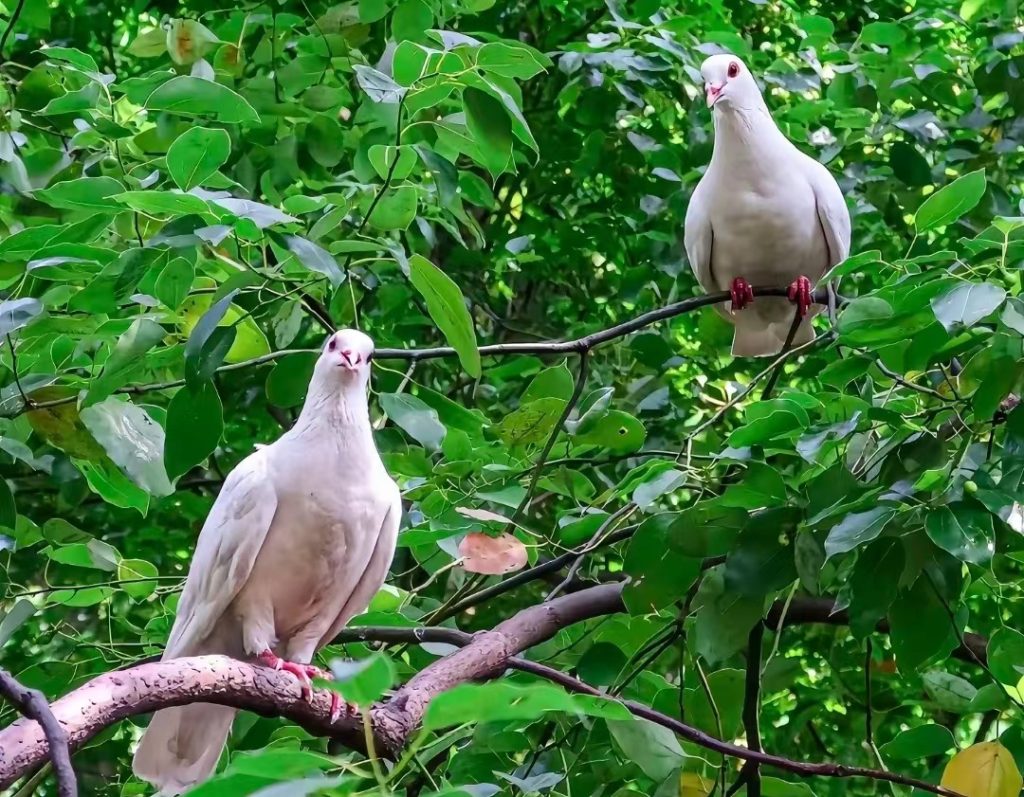
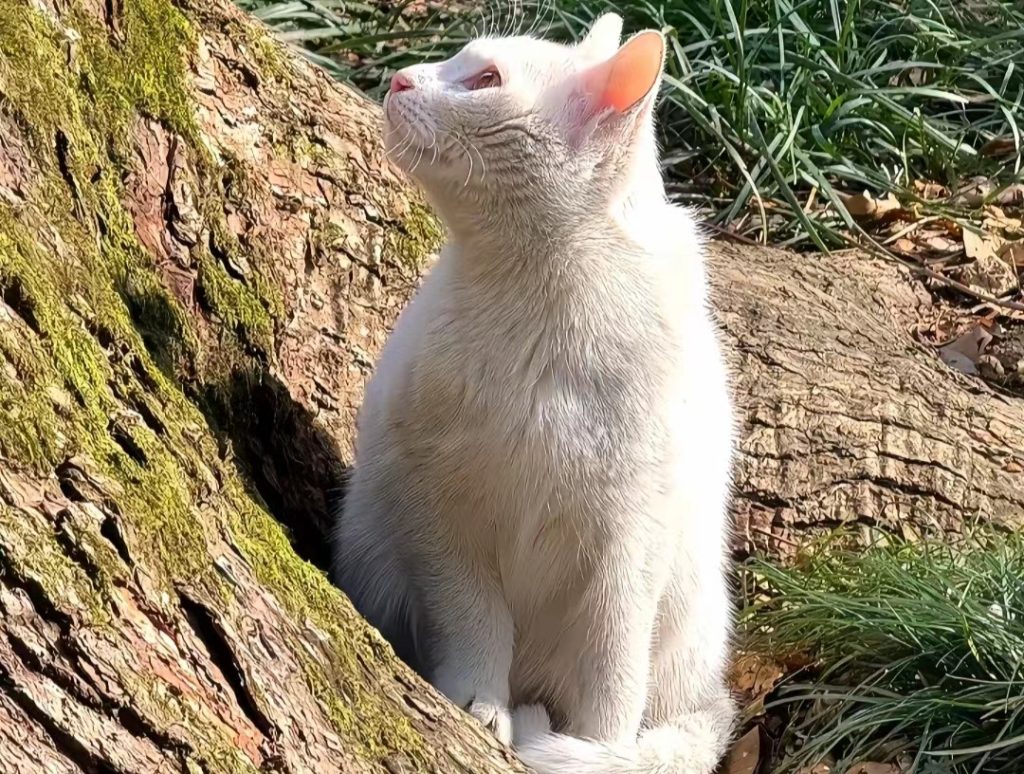
Hidden amid city streets, Xiyuan Temple is Suzhou’s most beloved spiritual retreat. Locals visit for blessings, travelers come for peace — and everyone comes to meet the temple cats lounging in the courtyards.
Walk across the Bridge of Blessings when you enter and the Bridge of Wisdom when you leave — a symbolic journey toward balance. Inside, 500 lifelike Arhats line the halls, each with a distinct expression.
What to experience:
Eat “Guanyin Noodles” — a simple vegetarian bowl with mushrooms, gluten, and bamboo shoots (about 15 RMB).
Feed the pigeons resting on temple eaves; they’re astonishingly tame.
Copy a Buddhist scripture by the lakeside pavilion — a mindful way to slow down during your China tour.
No.8. Hanshan Temple — Where a Poem Echoes Through Time
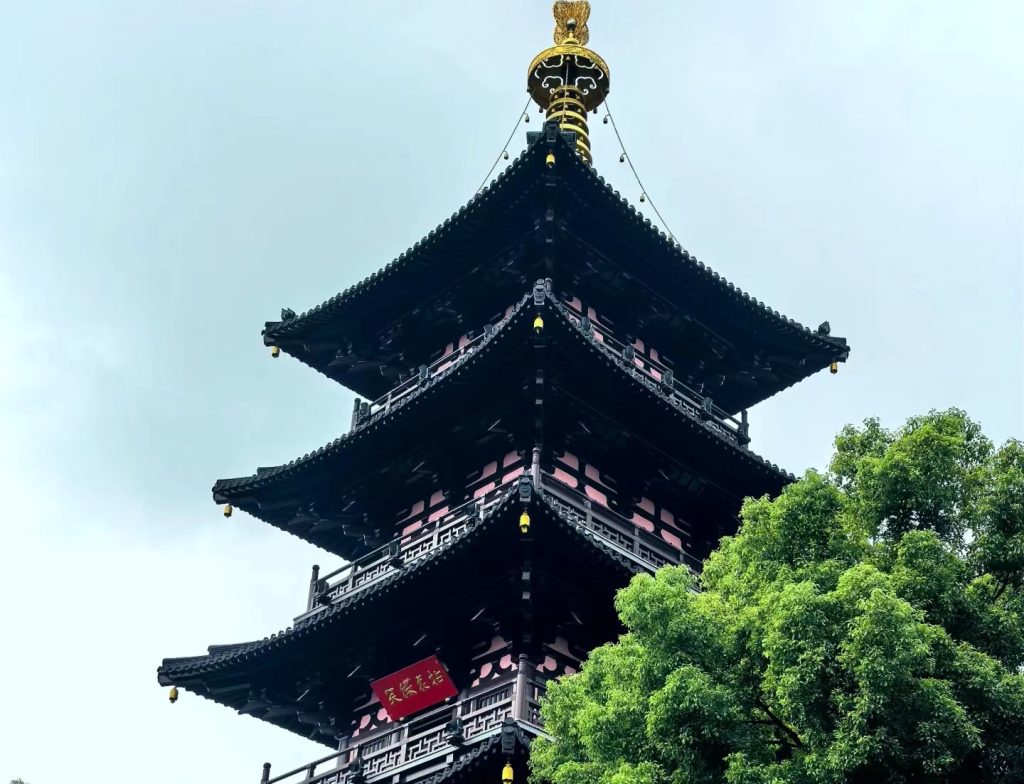
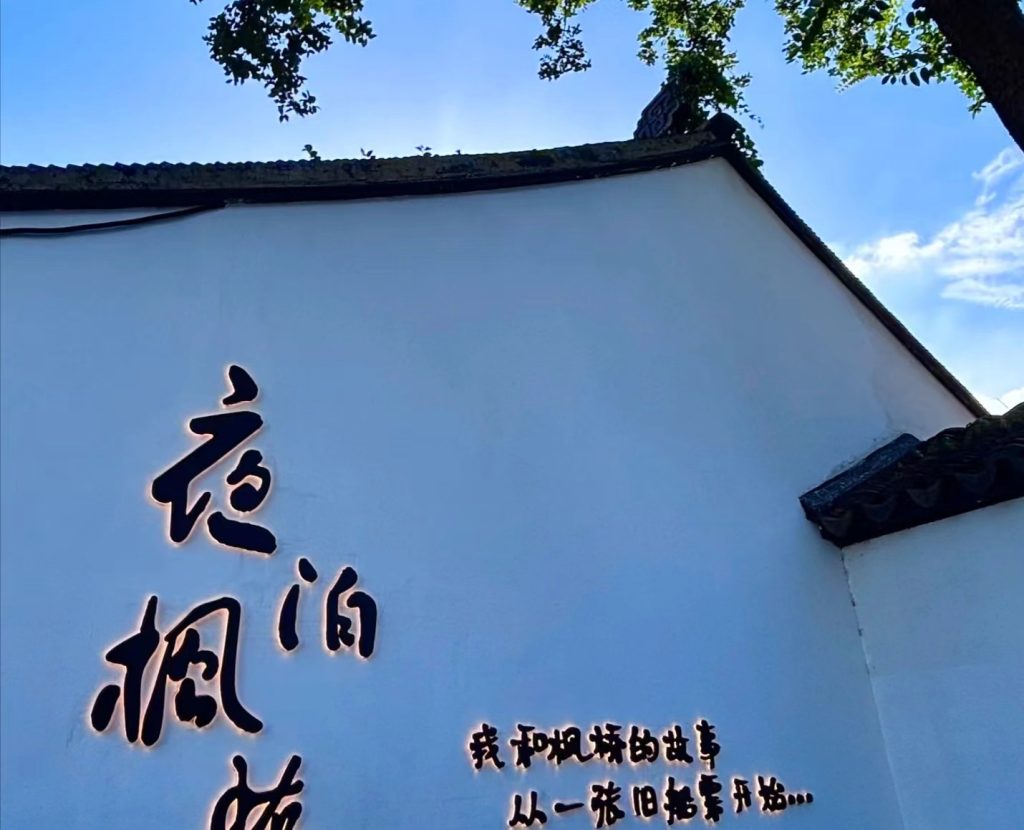
Few places in China blend literature and spirituality like Hanshan Temple, made immortal by the Tang-dynasty poem “A Night Mooring at Maple Bridge.” Every New Year’s Eve, visitors gather to hear the great bell ring 108 times, symbolizing renewal and good fortune.
> “From the Cold Mountain Temple outside Suzhou city,
> the midnight bell reaches the traveler’s boat.”
Stroll through the temple’s courtyards, light incense for good wishes, and listen as the deep bell tones roll across the river. Come early morning or late evening for soft mist and few tourists.
No.9. Shuangta Market — Street Food Meets Design Culture
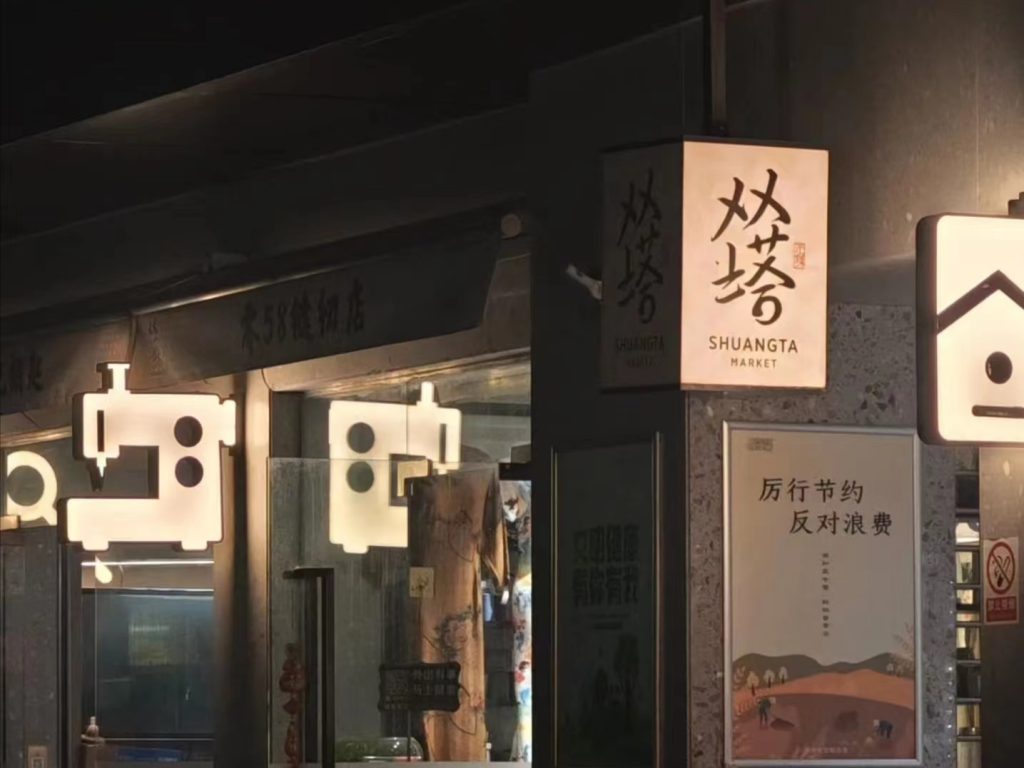
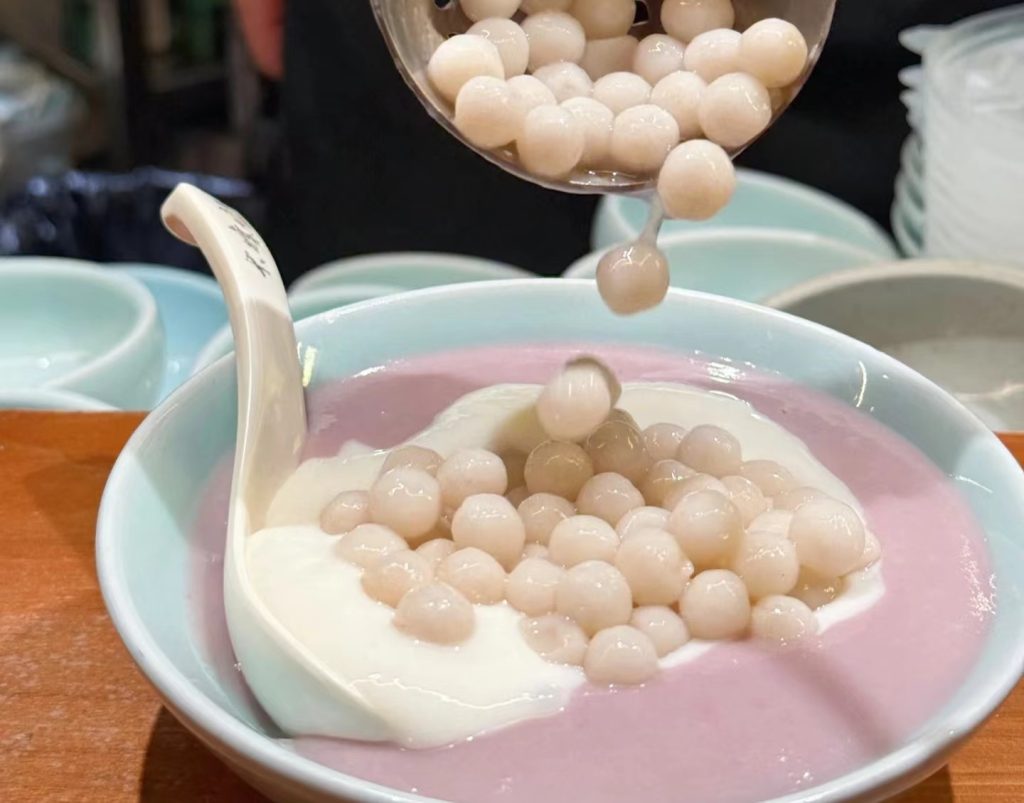
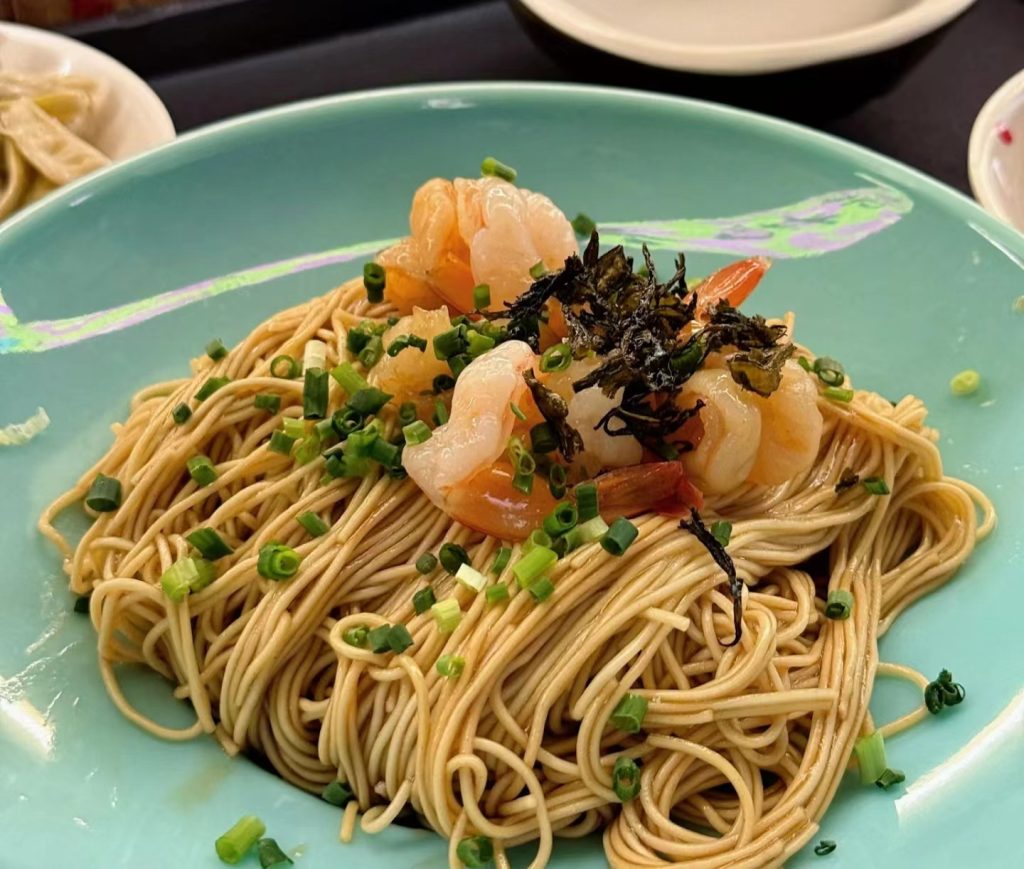
Want to taste the real Suzhou? Head to Shuangta Market, a reinvented local bazaar where old flavors meet new aesthetics. By day, it’s a produce market; by night, it transforms into a lively Suzhou street-food hub.
Insider tip: The market’s lighting and murals make it one of Suzhou’s most Instagram-worthy spots at night.
Top picks for your foodie list:
Grandma’s Sweet Soup: taro and mochi balls topped with osmanthus syrup.
Drunken Crab & Shrimp: marinated in Shaoxing wine — sweet, briny, unforgettable.
Crabapple Cake: buttery, fragrant, straight off the griddle.
Stuffed Egg Pancake with Pork Loin: smoky, savory, and dangerously addictive.
No.10. The Gate to the Orient — Where Suzhou Touches the Sky
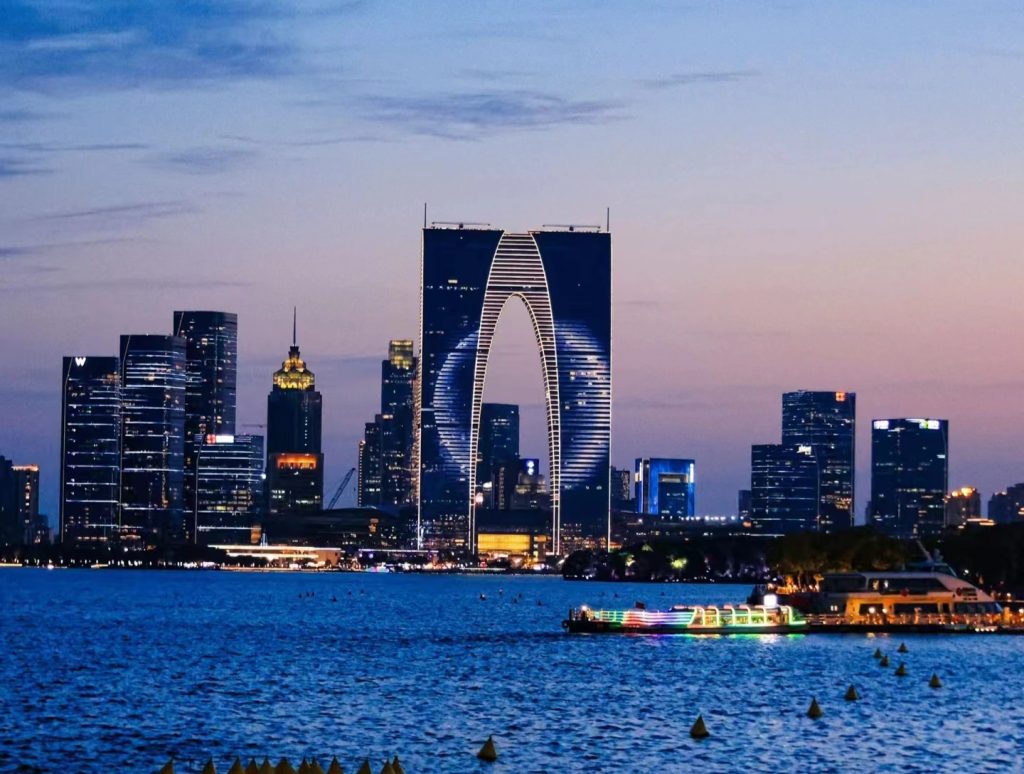
Locals jokingly call it the “Autumn Pants Tower,” but the 300-meter-tall Gate to the Orient is far more than its nickname. It’s Suzhou’s bold leap into the future — a modern landmark overlooking Jinji Lake.
Here, you can literally walk among the clouds:
Sky Garden at 238 meters: the world’s highest Suzhou-style garden, complete with pavilions and bonsai trees.
Infinity Pool: swim above the city lights as the skyline mirrors the lake below.
Glass Sky Bridge: take a gondola ride through the “Heavenly River,” suspended 40 meters above the street.
Suzhou isn’t a city you just visit — it’s one you feel. Whether you’re sipping tea beside a lotus pond or drifting down a canal under moonlight, every moment whispers stories of elegance and patience. When you leave, the scent of osmanthus and the sound of temple bells may linger — gentle reminders of a place where time moves like water.
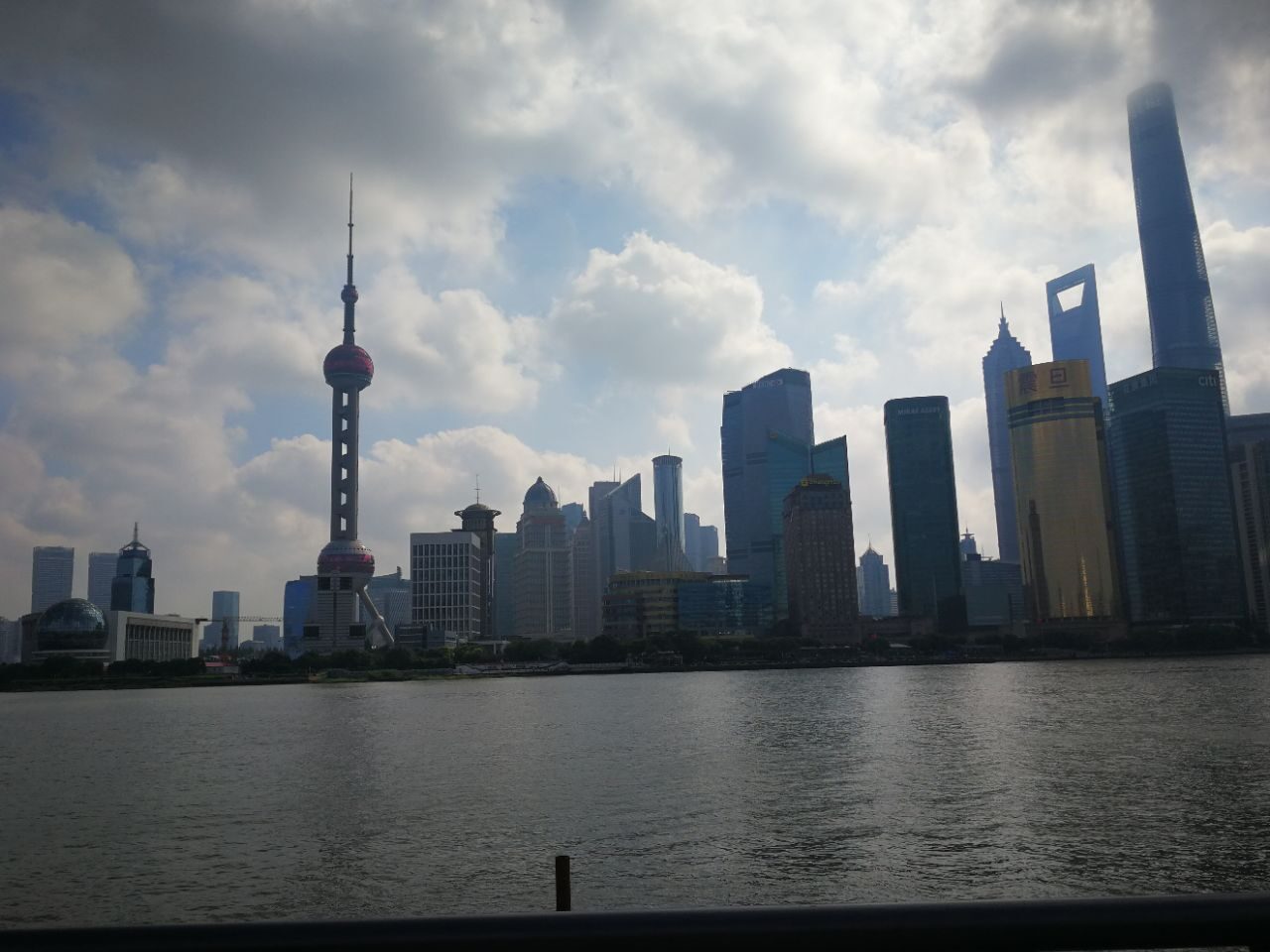
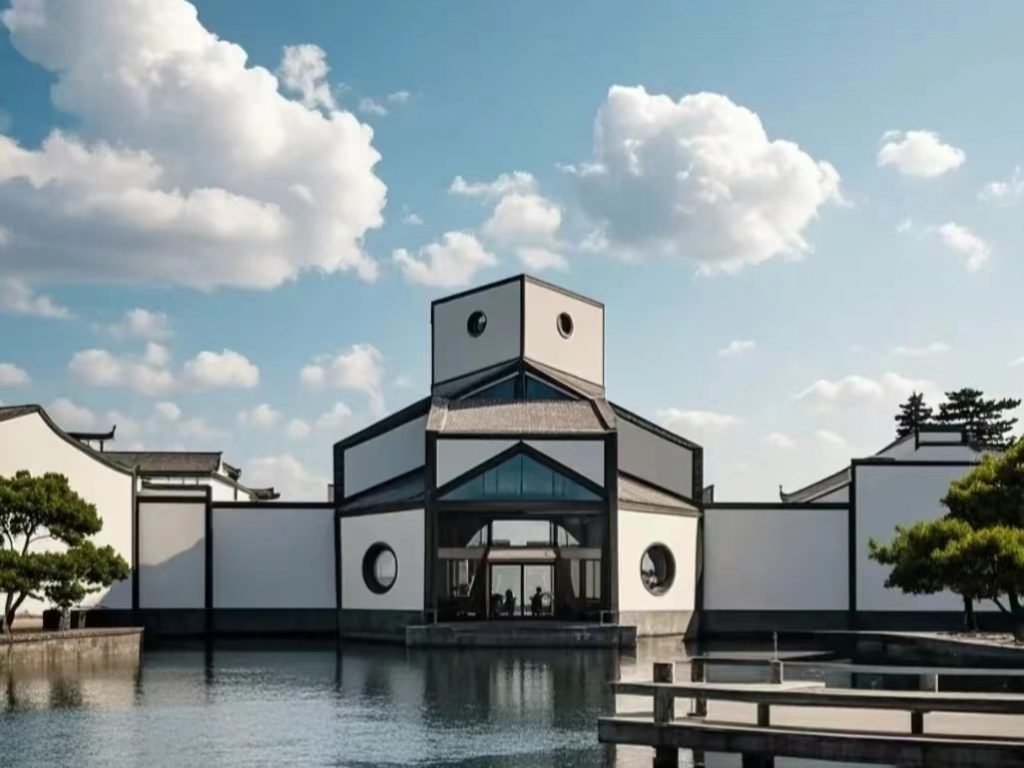
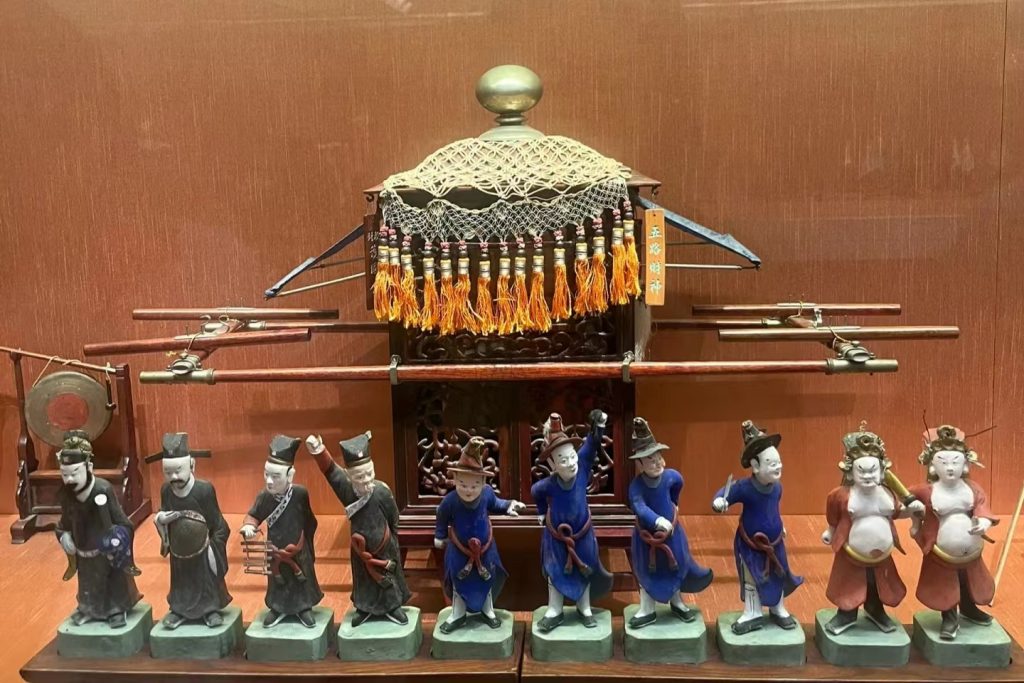
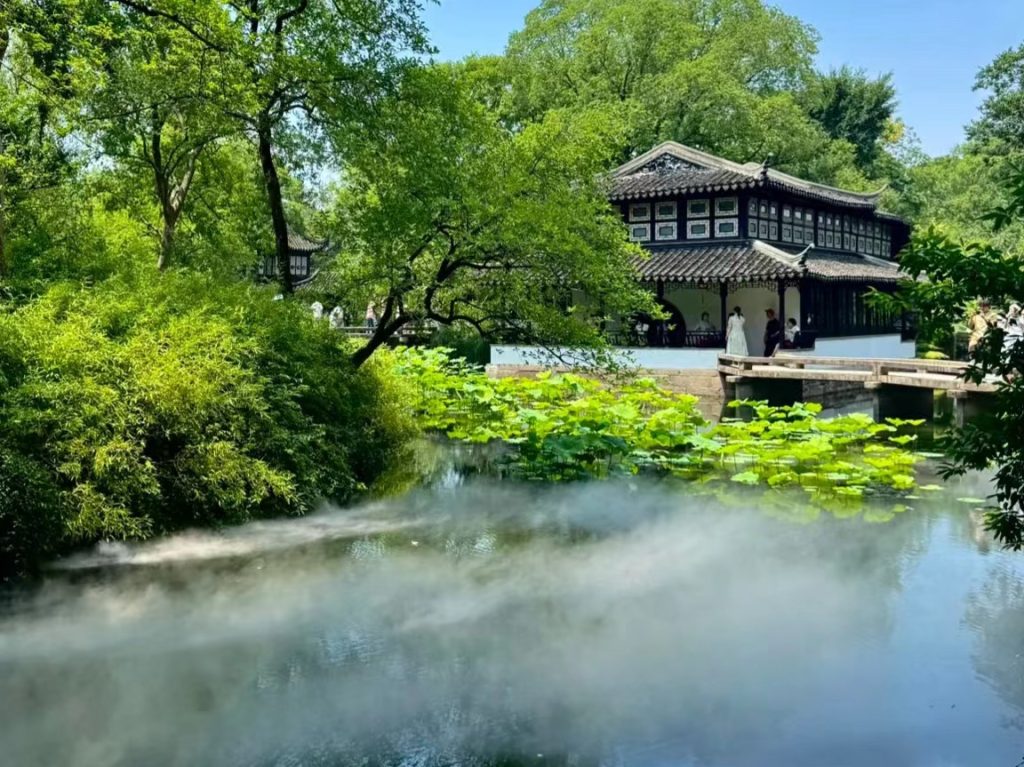
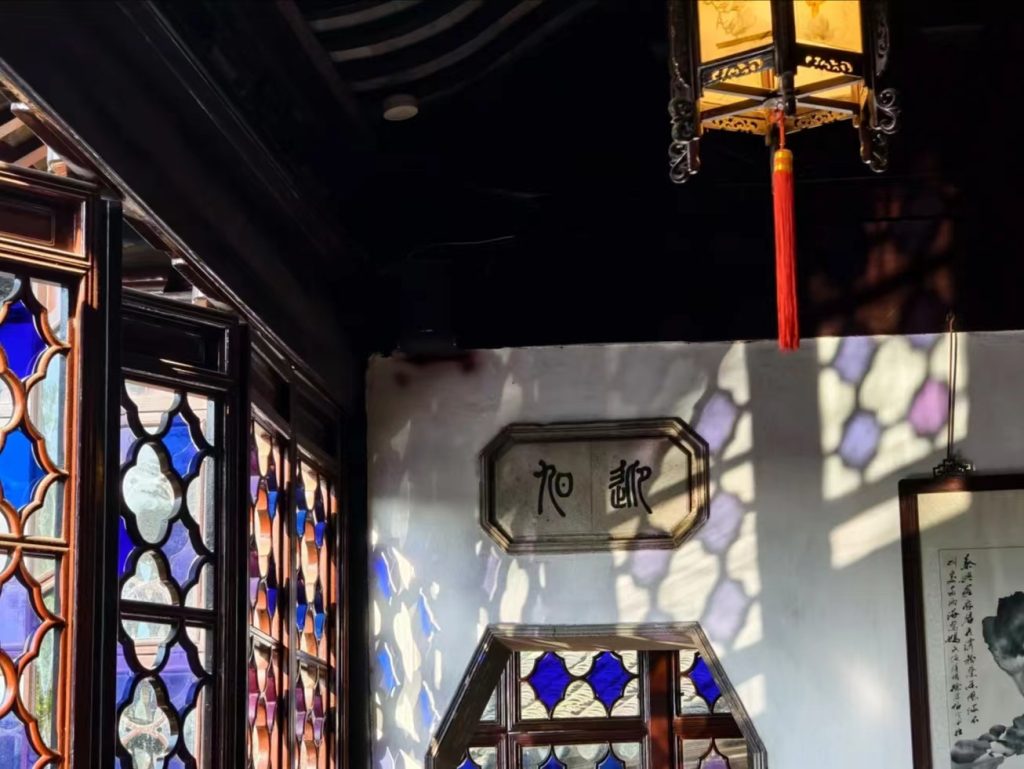
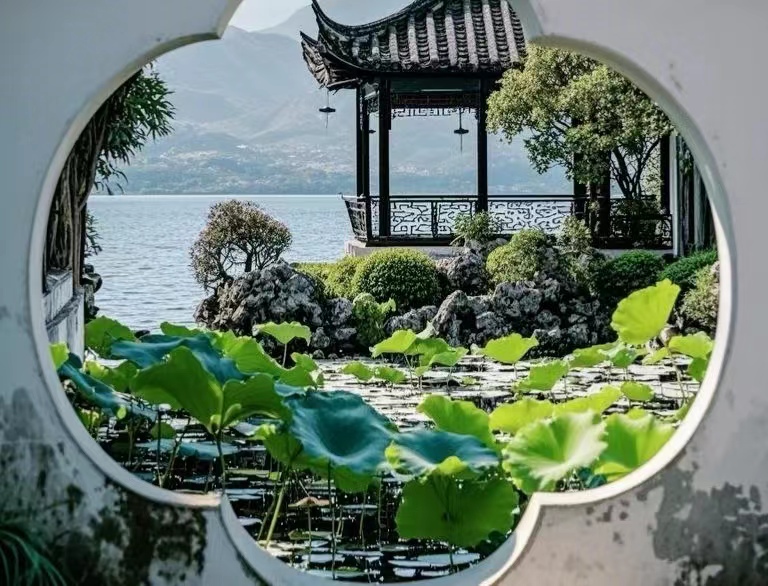
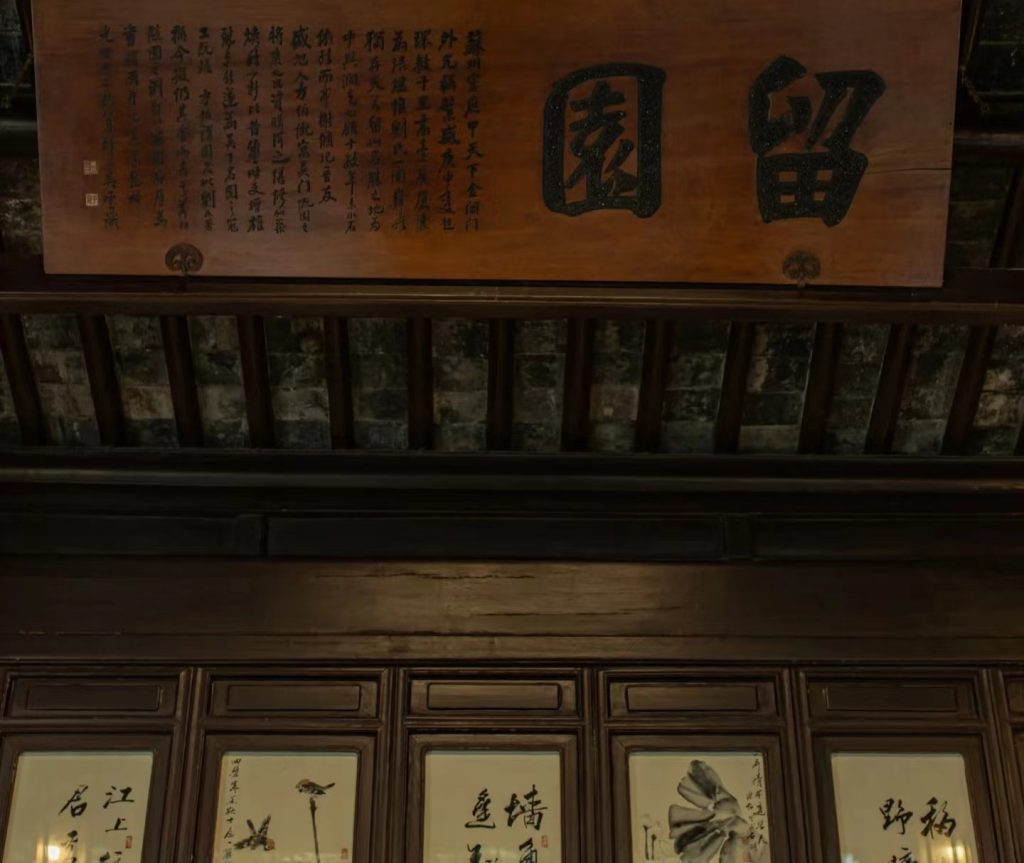
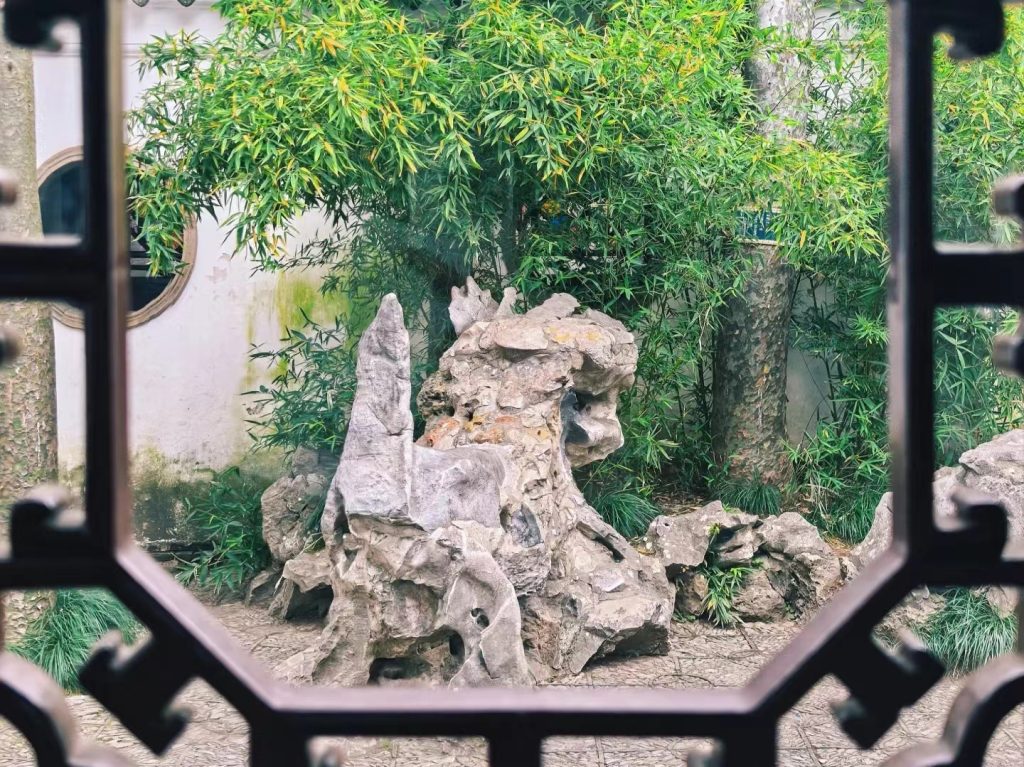
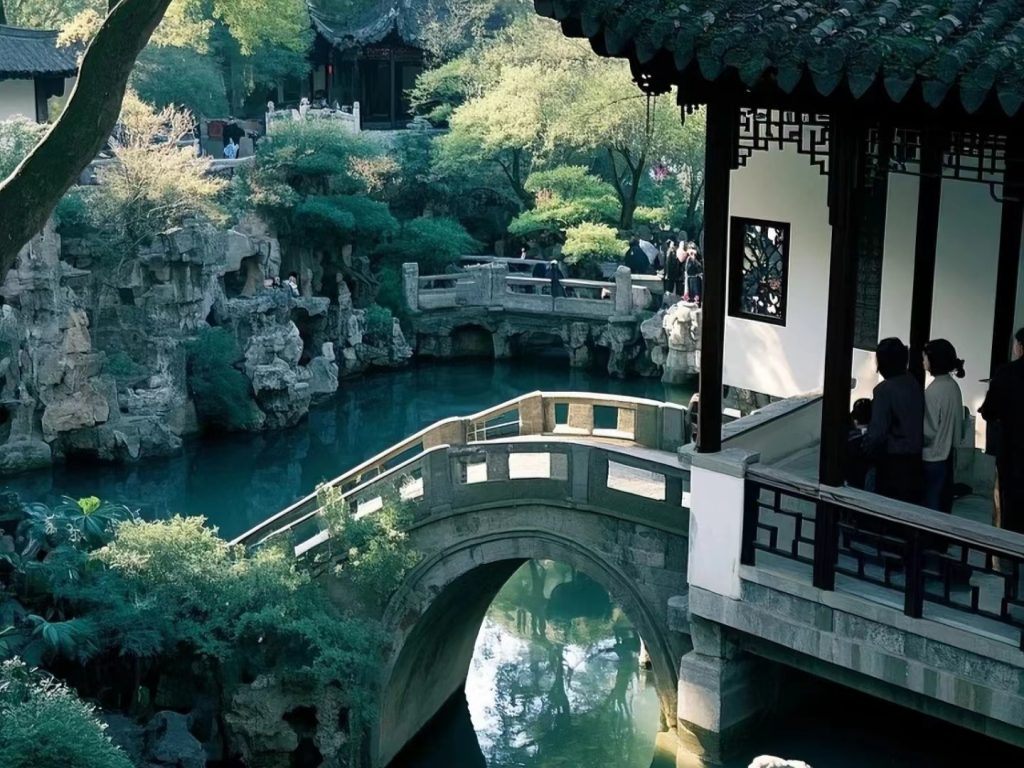
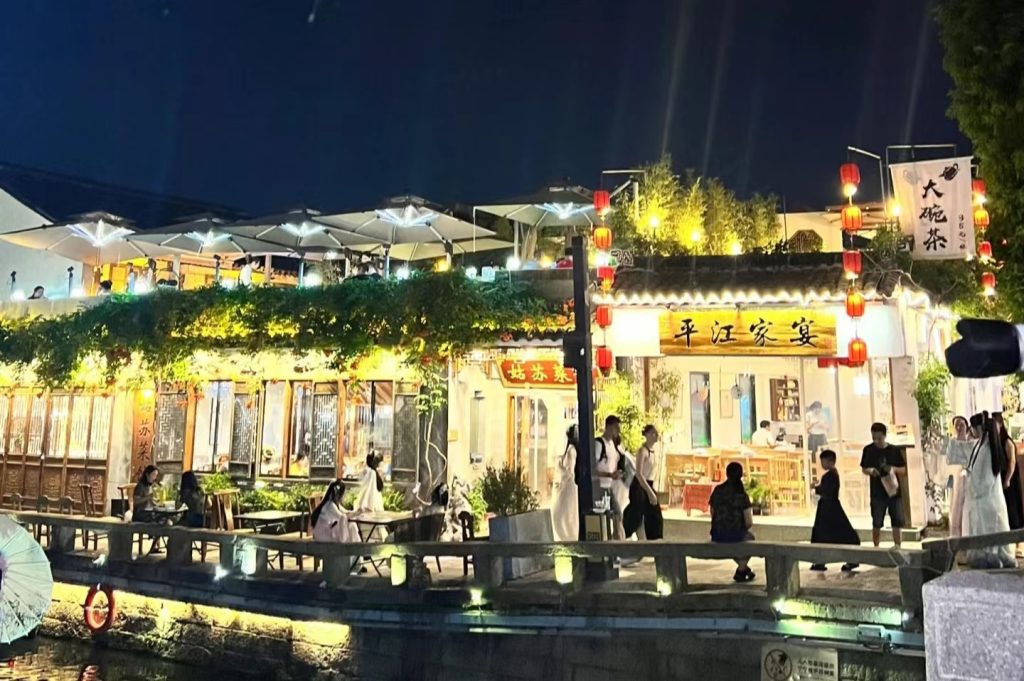
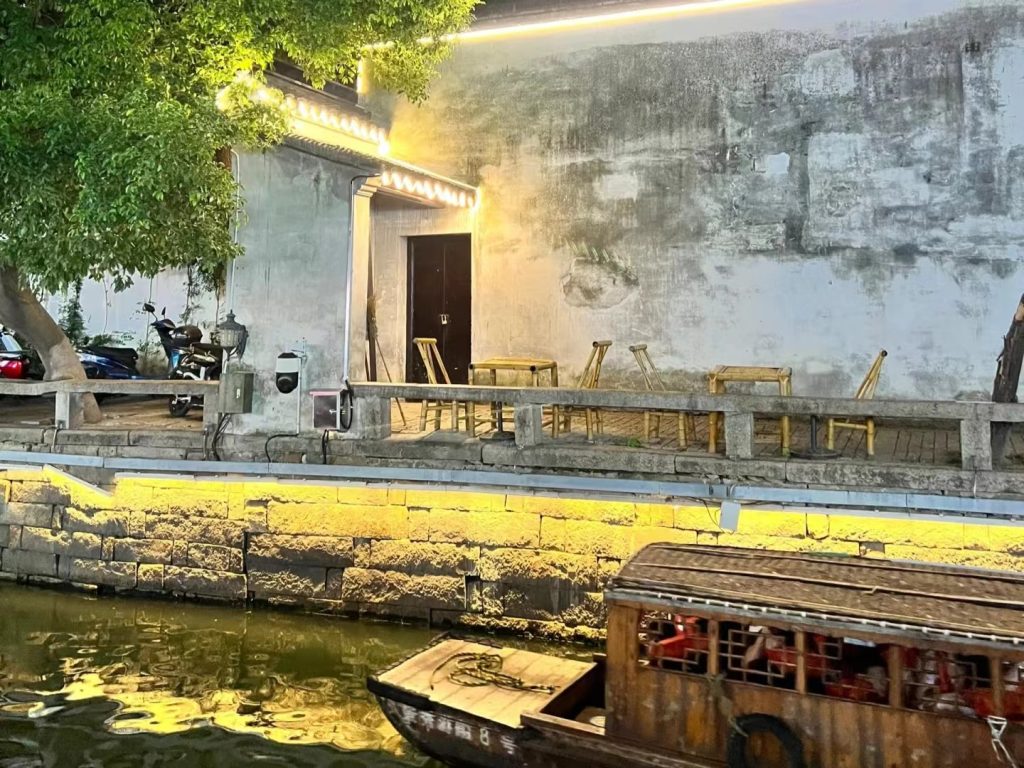
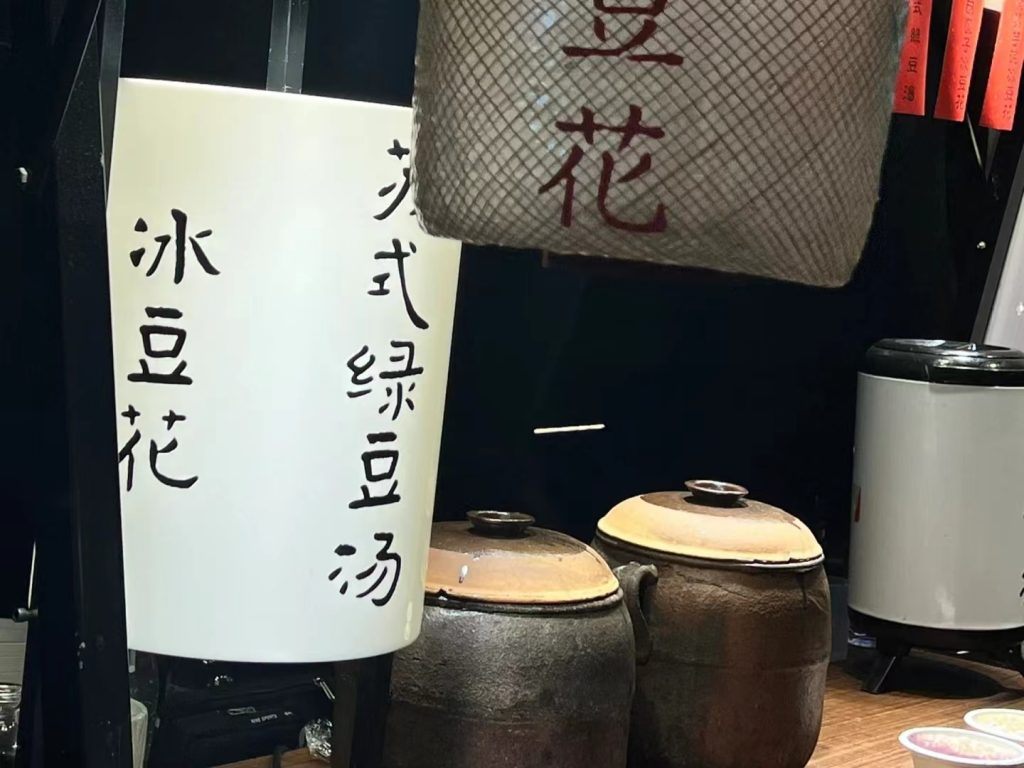
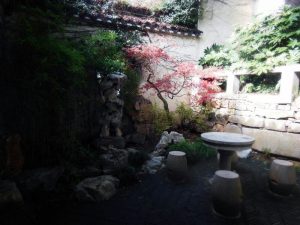 Although Tiger Hill is only a small hill, it has natural landscapes such as cliffs and gullies. It has also formed many cultural attractions because of the construction of the past. The buildings and plants in the garden set off against each other and have exquisite Jiangnan garden style. Here you can learn about the story of the Spring and Autumn Period, the landmark of the Yunyan Temple Tower.
Although Tiger Hill is only a small hill, it has natural landscapes such as cliffs and gullies. It has also formed many cultural attractions because of the construction of the past. The buildings and plants in the garden set off against each other and have exquisite Jiangnan garden style. Here you can learn about the story of the Spring and Autumn Period, the landmark of the Yunyan Temple Tower.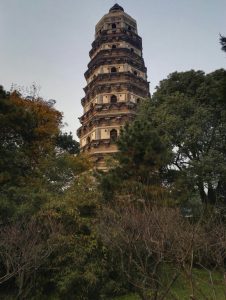
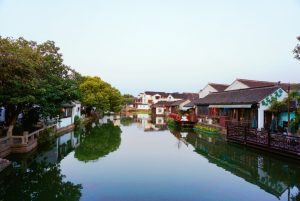 When you come to Tongli, you cannot miss the snacks there. The Mingqing Street and Zhuxing Street, which are on both sides of the main entrance, are the places where the snacks in the ancient town that are densely covered. Tongli’s various kinds of cakes are very special. The glutinous cake and the malt cake are very famous. The small osmanthus fragrans cake and the hooves of the Jiangnan characteristics are also worthy tasting. You can go shopping along the two small streets and enjoy the delicious snacks there.
When you come to Tongli, you cannot miss the snacks there. The Mingqing Street and Zhuxing Street, which are on both sides of the main entrance, are the places where the snacks in the ancient town that are densely covered. Tongli’s various kinds of cakes are very special. The glutinous cake and the malt cake are very famous. The small osmanthus fragrans cake and the hooves of the Jiangnan characteristics are also worthy tasting. You can go shopping along the two small streets and enjoy the delicious snacks there.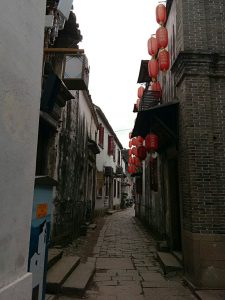 When traveling at the Tongli ancient town, you will feel very comfortable, and you will like the comfortable lifestyle of the people inside, but the tourists have brought some noisy into the town. Tongli is free of charge after 17:00 pm and you can be access at will. Compared with Zhouzhuang Ancient Town and Xitang Ancient Town, Tongli is bigger. In terms of scenery, if it is better than Zhouzhuang Ancient Town and Xitang Ancient Town. Xitang’s night is noisier, but Tongli Ancient Town at night will be quieter.
When traveling at the Tongli ancient town, you will feel very comfortable, and you will like the comfortable lifestyle of the people inside, but the tourists have brought some noisy into the town. Tongli is free of charge after 17:00 pm and you can be access at will. Compared with Zhouzhuang Ancient Town and Xitang Ancient Town, Tongli is bigger. In terms of scenery, if it is better than Zhouzhuang Ancient Town and Xitang Ancient Town. Xitang’s night is noisier, but Tongli Ancient Town at night will be quieter.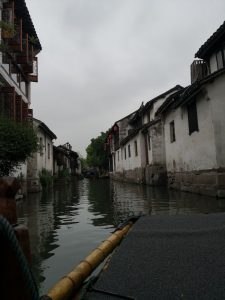 Zhouzhuang is the earliest ancient town in the south of the Yangtze River that is famous all over the world. It is known as the “first water town in China”. The waterways in the town are vertical and horizontal. The old buildings in the Ming and Qing Dynasties are built by the river. The double bridges painted by the artist Chen Yifei portray the gentleness of the small bridges and the South Lake in the south of the ancient town is wide and beautiful. At night, Zhou Zhuang lit up the lights, and you will have exciting mood there.
Zhouzhuang is the earliest ancient town in the south of the Yangtze River that is famous all over the world. It is known as the “first water town in China”. The waterways in the town are vertical and horizontal. The old buildings in the Ming and Qing Dynasties are built by the river. The double bridges painted by the artist Chen Yifei portray the gentleness of the small bridges and the South Lake in the south of the ancient town is wide and beautiful. At night, Zhou Zhuang lit up the lights, and you will have exciting mood there.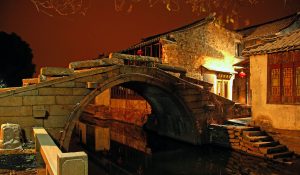 The houses of ancient architecture are well preserved. The main thing is that the old houses are very cool, not hot at all. The trees on both sides are also very shaded. So, you don’t feel hot when you have a visit there on June and July. You can sit by the river and drink and chat with friends, and see the people coming and going. The cool breeze will make you very comfortable and enjoyable.
The houses of ancient architecture are well preserved. The main thing is that the old houses are very cool, not hot at all. The trees on both sides are also very shaded. So, you don’t feel hot when you have a visit there on June and July. You can sit by the river and drink and chat with friends, and see the people coming and going. The cool breeze will make you very comfortable and enjoyable.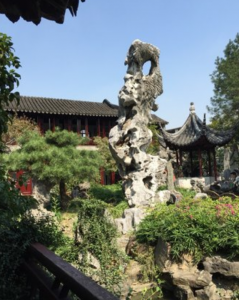 There will be relatively few people when you are visiting Humble Administrator’s Garden on non-weekend days, and the Humble Administrator’s Garden is the first of the four major gardens in Suzhou that must have a visit. The parking lot next to the Humble Administrator’s Garden costs 6 Yuan per hour, and non-weekend parking is very convenient. The Humble Administrator’s Garden is still very big, you can go in from the South Gate. After entering the park, it is the eastern scenic spot. The first scenery you can see is Lanxuetang. There is a panoramic view of the lacquered and sacred garden in the south gate of the hall. The whole garden is dominated by water, and the running water runs through two parts of the east and west, and the terrain is getting higher and higher along the running water. It would be a pleasant thing if you could walk around the garden for a whole day.
There will be relatively few people when you are visiting Humble Administrator’s Garden on non-weekend days, and the Humble Administrator’s Garden is the first of the four major gardens in Suzhou that must have a visit. The parking lot next to the Humble Administrator’s Garden costs 6 Yuan per hour, and non-weekend parking is very convenient. The Humble Administrator’s Garden is still very big, you can go in from the South Gate. After entering the park, it is the eastern scenic spot. The first scenery you can see is Lanxuetang. There is a panoramic view of the lacquered and sacred garden in the south gate of the hall. The whole garden is dominated by water, and the running water runs through two parts of the east and west, and the terrain is getting higher and higher along the running water. It would be a pleasant thing if you could walk around the garden for a whole day.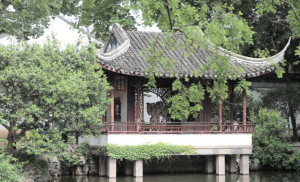
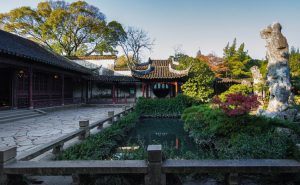
 Lingering Garden is famous as the Humble Administrator’s Garden, and it is not so bustling. In the vast sea of people, it is a comfort to escape the crowd. The scenery here is well appreciated, and the elegance of the classical garden is charming and you may meet antique photography there.
Lingering Garden is famous as the Humble Administrator’s Garden, and it is not so bustling. In the vast sea of people, it is a comfort to escape the crowd. The scenery here is well appreciated, and the elegance of the classical garden is charming and you may meet antique photography there.